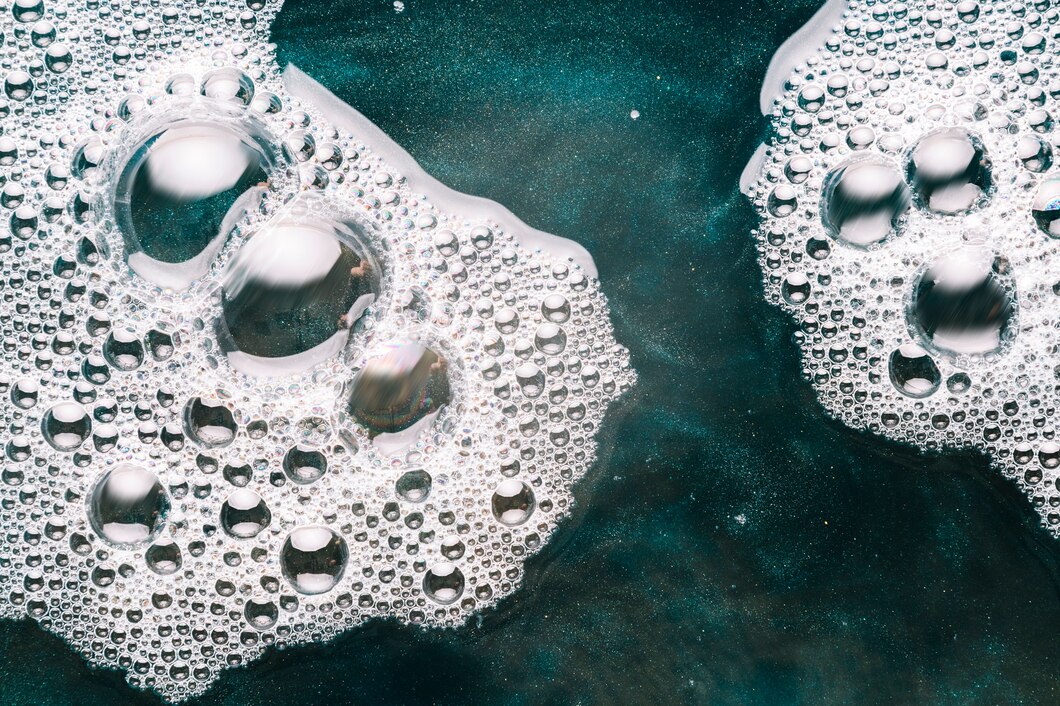Surfactants are fascinating molecules that play a critical role in countless applications, from cleaning products to personal care and industrial formulations. At the heart of their functionality lies their ability to reduce surface tension—a property that makes them indispensable in modern chemistry. In this blog, we’ll explore the chemistry behind surfactants and how they achieve this remarkable feat.
What is Surface Tension?
Surface tension is the elastic tendency of a liquid’s surface, which allows it to resist external forces. It’s what causes water to form droplets or insects to float on a pond. This phenomenon occurs because water molecules are strongly attracted to each other, creating a "skin" on the surface.
However, high surface tension can make it difficult for water to spread or penetrate surfaces, which is where surfactants come in.
The Molecular Structure of Surfactants
Surfactants are unique because of their amphiphilic structure—they have two distinct parts:
Hydrophilic Head: This part is attracted to water (polar).
Hydrophobic Tail: This part repels water and is attracted to oils and grease (nonpolar).
This dual nature allows surfactants to interact with both water and oil, making them incredibly versatile.
How Surfactants Reduce Surface Tension
When surfactants are added to water, they align themselves at the surface, with their hydrophilic heads in the water and their hydrophobic tails pointing outward. This arrangement disrupts the strong cohesive forces between water molecules, effectively lowering the surface tension. Here’s how it works step by step:
Adsorption at the Surface: Surfactant molecules migrate to the water-air interface, where they position themselves to minimize energy.
Disruption of Cohesive Forces: The hydrophobic tails push apart the water molecules, reducing the attraction between them.
Increased Spreading and Wetting: With lower surface tension, water can spread more easily and penetrate surfaces, enhancing cleaning and emulsification.
The Role of Critical Micelle Concentration (CMC)
A key concept in surfactant chemistry is the Critical Micelle Concentration (CMC). This is the point at which surfactant molecules begin to form micelles—tiny spherical structures where the hydrophobic tails cluster together, shielded by the hydrophilic heads.
Below CMC: Surfactant molecules act individually to reduce surface tension.
Above CMC: Excess surfactant molecules form micelles, which are essential for tasks like emulsifying oils and suspending dirt.
Understanding CMC is crucial for formulating effective cleaning and personal care products.
Applications of Surface Tension Reduction
The ability of surfactants to reduce surface tension has far-reaching implications:
Cleaning Products: Lower surface tension allows water to penetrate fabrics and lift away dirt and grease.
Personal Care: Surfactants enable shampoos and body washes to spread easily and create foam.
Agriculture: They help pesticides and herbicides adhere to plant surfaces more effectively.
Industrial Processes: Surfactants are used in coatings, adhesives, and oil recovery to improve performance.
The chemistry of surfactants is a testament to the power of molecular design. By reducing surface tension, these remarkable molecules enable water to perform tasks that would otherwise be impossible. From everyday cleaning to industrial applications, surfactants are the invisible force behind countless innovations.


